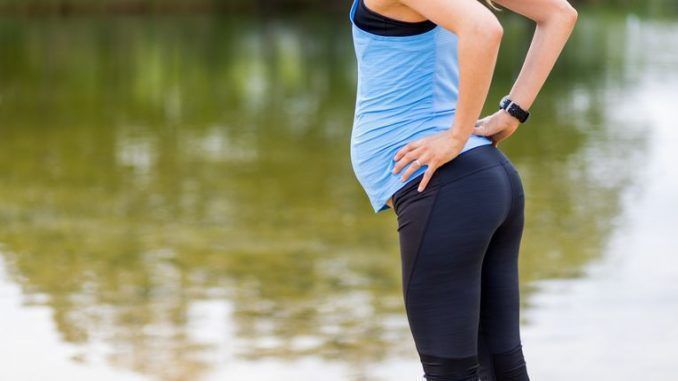Sunburn, what to do?
With good weather, people start spending time at the beach to get a tan, but they must always be careful of sunburns. Indeed, sunburns bring with them other annoyances such as:
- reddened skin
- Itching
- bubbles
- blisters
- sensitivity to touch
- skin dryness and excoriation
- first- or second-degree burn
All of these symptoms
All of these symptoms are due to prolonged and excessive exposure to the sun without perhaps having taken adequate protection such as sunscreen, a cap, bandana, and so on.
Sunburn usually, although very bothersome, passes within a few days but to accelerate and improve the symptoms certainly can:
- apply creams, milks and lotions to the itchy area so as to moisturize, including, for example, applying aloe vera gel or ointments made from calendula, chamomile, and so on
- Cool sore or hot body parts with running water, showers or cool water packs
- avoid further exposure to the sun in the following days
- Do not touch or break any blisters formed on the skin, to avoid the risk of infection
- don’t scratch
- drink plenty of water to prevent dehydration
- take foods rich in beta-carotene and vitamin E, such as carrots, apricots, melon, berries, tomatoes, spinach and asparagus, which help regenerate the skin and stimulate melanin production
Consult the doctor if more severe symptoms appear such as chills, tachycardia, fever, nausea, or in case of very extensive skin inflammation. Most importantly, listen to the doctor’s advice before taking any medications, which in any case may be inadvisable in this situation.
